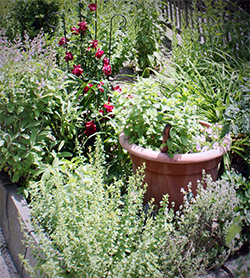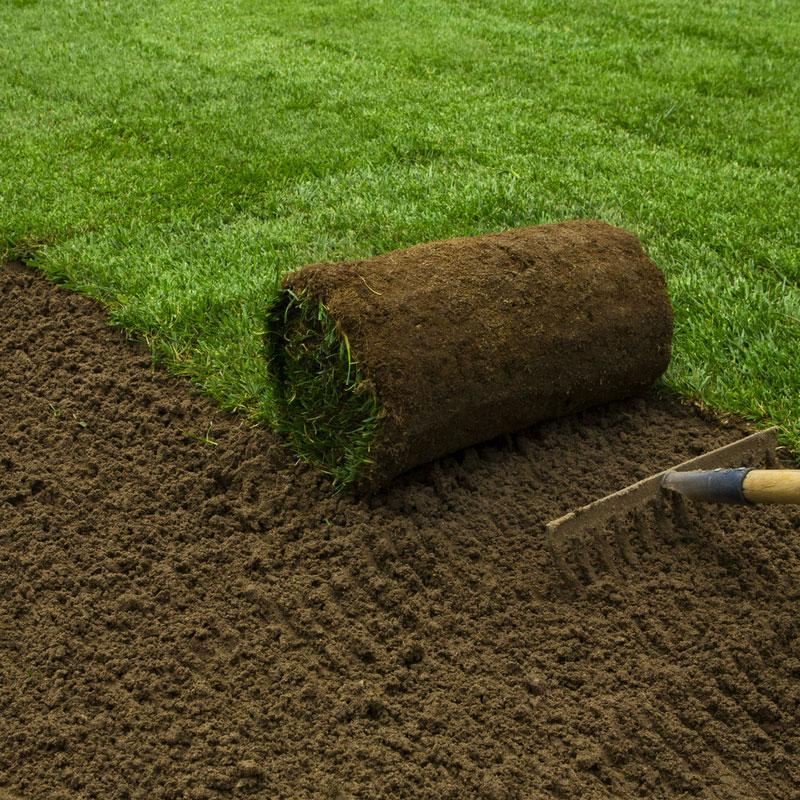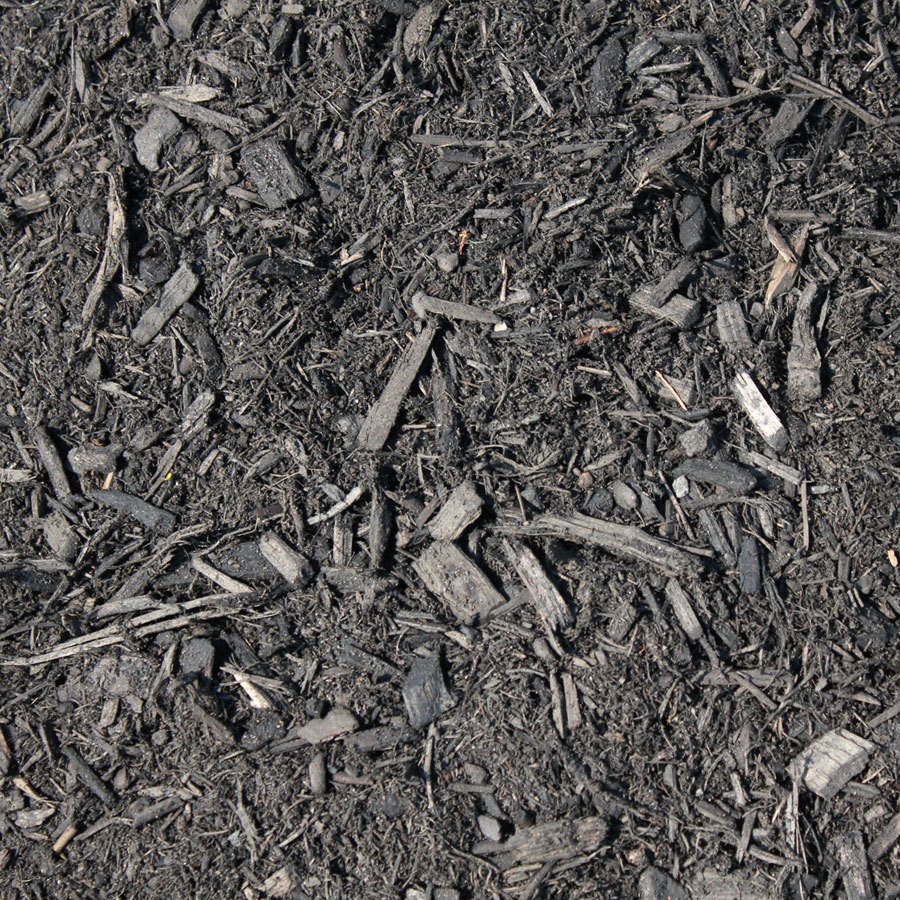
 The goal of any fertilizer routine is to grow healthy, vigorous plants that are green, full of blooms, and able to withstand stressors, like drought, garden diseases, and insects. Is there any one best way to fertilizer your garden? The answer is no, the choice is yours.
The goal of any fertilizer routine is to grow healthy, vigorous plants that are green, full of blooms, and able to withstand stressors, like drought, garden diseases, and insects. Is there any one best way to fertilizer your garden? The answer is no, the choice is yours.
Gardeners and landscapers have a wide variety of choices from natural and organic fertilizers, to synthetic fertilizers and various soil conditioners and amendments. Want to turn your hydrangea blue? You might need to add an amendment to make your soil more acidic. Are your tomatoes plants leafy and producing few tomatoes? You might need to reduce your use of high nitrogen fertilizers, and add more phosphorous (P) and potassium (K) to your soil.
Whaterver your fertilizing needs, the first step is to examine your garden's soil. A soil test will help you know your soil pH and if you have any soil nutrients imbalances. Once you have your results, you will then have to decide which fertilizers work best for your gardening needs and budget.
Spreadable Vs Sprayable Fertilizers
Fertilizer typically comes in two forms, slow-release granular formulations ("spreadable") or rapidly-acting liquid formulas ("sprayable"). Some sprayable need to be mixed with water before application, and some granular fertilzers can be used to make a "compost tea" that you can spray on your plants as well. Generally spreadable or granular fertilizers are slow-release and provide an entire season's worth of fertilizer, while sprayable fertilizers are fast-acting, releasing their nutrients quickly in the soil or onto a plant's surface for foliar applications.
Natural and Organic Fertilzers
Today there are many options available if you are planning on going organic in your garden. Most natural fertilizers break down in the soil slowly and have zero potential to burn your plants. For USDA certified organic growing, look for products with the OMRI label. OMRI listed products have been rigorously tested and are approved for organic growing.
The biggest downside to organic fertilizers is that they are more reliant on soil microbe activity and tend to work best when the weather is warmer. Some organic fertilzer may wash away before it has a chance to be effective.
Synthetic Fertilizers
Synthetic fertilzers are often made from the by-products of other industrial or agricultural processes or products. They are usually less expensive than organic fertilizers, and are available in a variety of formulations. Synthetic fertilizers can be very cost-effective, and are often easy to apply because the products have consistent formulas that don't require soil microbes or heat for the nutrients to be available immediately to your plants.
The biggest downside to synthetic fertilizers is that they can build up in your soil, killing soil microbes that help your plants grow. Once you start using synthetic fertilizers, you typically have to keep using them to get the same results.
When can you fertilize?
Avoid fertilizing with synthetic fertilizers in the first year of any newly installed plantings. You can use natural fertilizers any time of the year. Liquid fertilizers can be used year-round. Best fertilizing practices are in Spring and Fall. Using compost will allow your garden to absorb nutrients better.
What are the best ways to fertilize your garden plants?
|
Perennials Use an all-purpose or balanced fertilizer
|
Roses Look for fertilzer with a higher ratio of phosphorous (P)
|
|
Ornamental Grasses Look for fertilizers that help grow healthy roots and that help grasses recover from heat or drought
|
Trees Look for fertilizer with slow-release formulas
|
|
Evergreen & Acid-Loving Shrubs In general, slow-release or acid loving forumulas are best
|
Groundcovers Look for fertilzer that helps plants turn green quickly
|
|
Annuals If you are growing your annuals for their flowers, look for bloom-bloosting or flower forumulas
|
Bamboo Similiar to grasses, look for formulas that help grow healthy roots and green up those "shoots"
|
|
Vines Flowering vines need both nitrogen and phosphorous
|
Vegetables
|
Information provided by Kenneth C. Roth, MCH and Northeast Nursery Horticulture Staff



